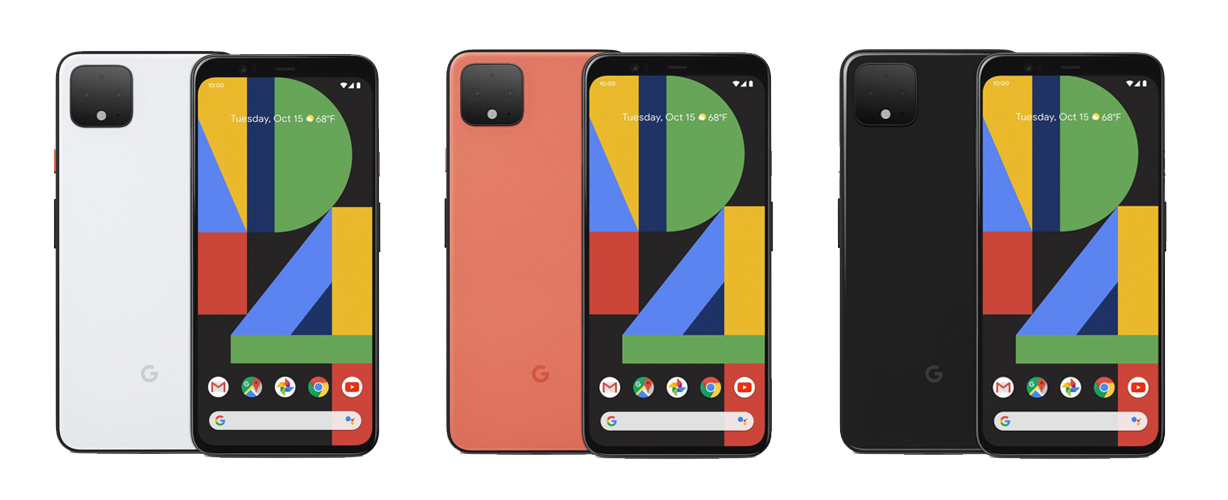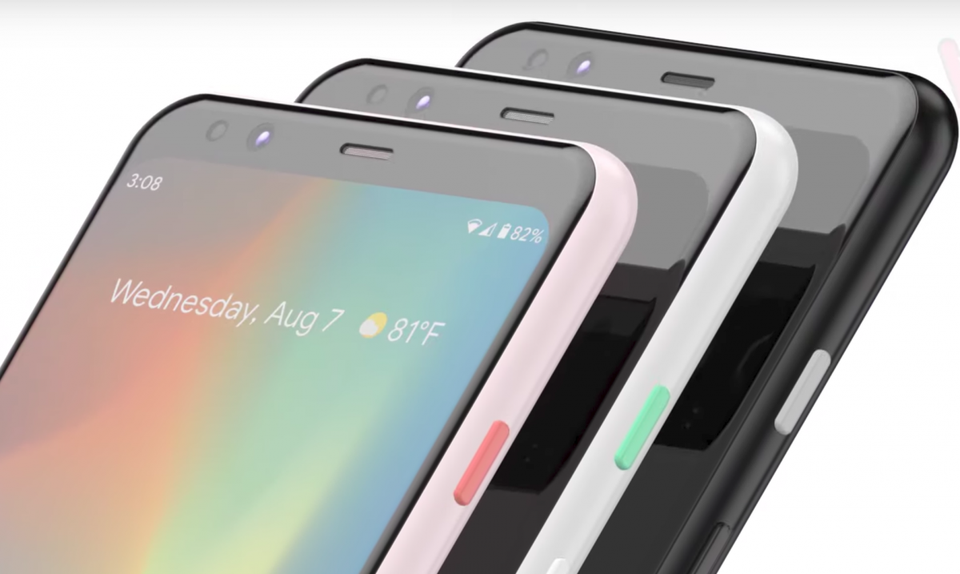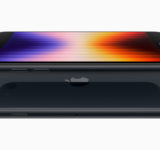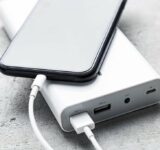Google launched its Pixel 4 and Pixel 4 XL this October. The highlighting features in the Pixel 4 duo include a 90Hz screen and dual cameras. And about the only feature that differentiates the two devices is the screen.
Google Pixel 4 sports a 5.7-inch OLED screen with 1080p+ resolution. While the XL model carries a 6.3-inch screen with QHD+ resolution. And screen on both the phones gets a 19:9 aspect ratio and a small chin on top that provides a space for hardware.

The 90Hz screen on the Pixel duo comes with HDR support, Always On mode along with a new Ambient EQ, which tracks the surrounding light to optimize display colors for bettering viewing. Meanwhile, the display gets reverted to 60Hz in situations when nothing interesting is happening thereby saves the battery life.
Like the earlier siblings, the Google Pixel 4 XL is also provided with the same camera hardware. The main camera includes a 12MP lens with dual pixel autofocus with optical and electronic image stabilization, plus 1.4µm pixels, and f/1.7 aperture size. The image quality, however, is majorly dependent upon the new Pixel Neural Core and the proprietary algorithms from Google, and not the sensor, lens or ancillary hardware.
The camera app is able to render HDR+ in real-time thereby showing an approximation of the result in the viewfinder. This helps in proper exposure adjustment. All thanks to the new Pixel Neural Core.
Similarly, the dual exposure controls provide users with manual control over the shadow and highlight rendering. The Nightsight is also refurbished thus to capture up to fifteen 16s exposures even in extreme darkness. Therefore, if you are into astrography, this can serve you better.
Also, for the very first time, Pixel is using the telephoto lens in its camera domain. The Pixel 4 duo features a 16MP sensor (1.0µm) plus OIS and EIS. Though the focal length is not quite double that of the regular camera, the Super Resolution Zoom, on the other hand, attempts to extend that beyond the 2x zoom. Also, the second camera aids in bokeh rendering while the previous models just depended on the Dual Pixel tech.
Pixel 4 duos main camera can capture 4K 30fps videos and a 120fps slow-motion mode at 1080p. While the video quality is on the ‘OK’ line, the phones are equipped with top-notch video stabilization capability. Moreover, there’s a spectral + flicker sensor module on the back that looks like a camera. The devices lack the ultrawide sensor.
On the front, the phones comprise an 8MP selfie sensor aided with the 3D depth sensor allowing a secured face unlock and selfie bokeh. The phones lack any sort of fingerprint reader. Also, the devices contain the Soli radar, i.e. a radar with an optical system. This helps in tracking the hand gestures. Meanwhile, it’s banned in some nations like Japan.
With Soli, you can check notifications or change tracks and talk to the new updates assistant for more complex actions. And the Active Edge is also available allowing you to trigger certain actions just by squeezing the phone.
But the screen size is not the only difference between the vanilla and XL models, i.e. they carry batteries of different capacities. The Pixel 4 uses a small 2,800mAh and the XL makes use of a 3,700mAh battery. And in both cases, the phones come with 18W USB Power Delivery fast charging support using the included charger. You can also make use of a Qi wireless charger to activate the Ambient Mode that offers at-a-glance info courtesy of the Assistant thereby turning the device into a smart display.
Both the devices under the Pixel 4 duo gets powered by the Snapdragon 855 paired with a 6GB RAM. In terms of storage, the base model holds a 64GB storage and the only storage upgrade option is 128GB as the devices don’t use any microSD slot any other second card slots. What you are getting is a combination of nano-SIM and eSIM. We are hearing carriers expanding the support for eSIM.
The devices sport an aluminum frame with a matte finish. Similarly, the back of the phones, which are covered with glass is available in three different colors – Just Black, Clearly White, and Oh So Orange. But the metal frame and square camera island on the back are always black painted, the latter two options have a dual-tone look. And the Orange is a limited edition. The phones are IP68 water-resistant.
Shipping for the Pixel 4 devices will commence on October 22 in the US and Taiwan and October 28 in Europe. The phones will ship in Australia and Canada on October 21.
As for the pricing, the 64GB Pixel 4 and Pixel 4 XL will be available at the starting price of $800 and $900 respectively.







